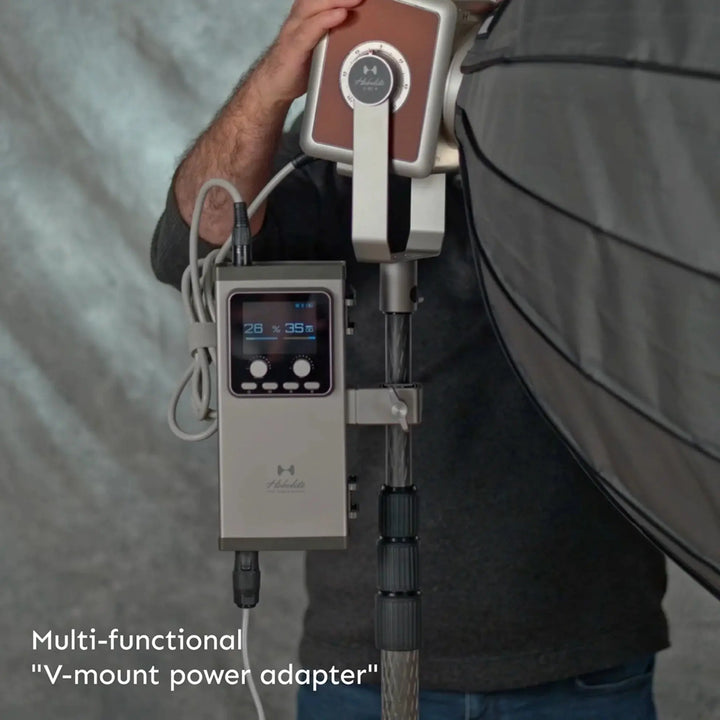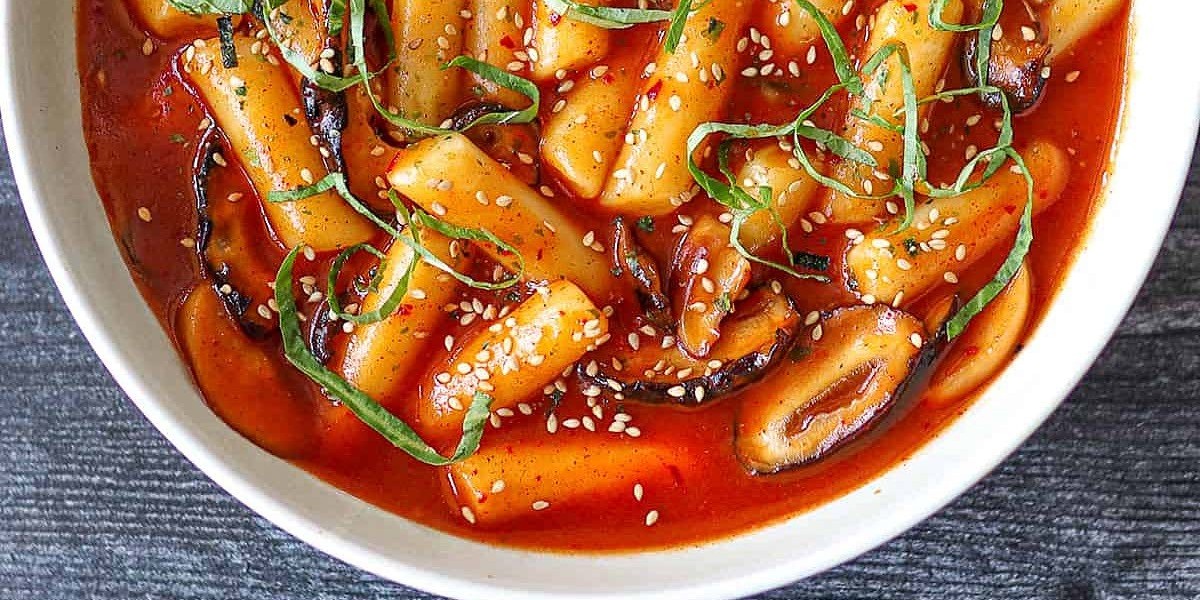Illuminate Your Creativity: Unlock the Secrets of Studio Lighting Mastery!
Studio lighting is a critical aspect of photography and videography that can transform a simple image into a stunning visual masterpiece. Whether you're a budding photographer or a seasoned videographer, understanding how to manipulate light can significantly enhance the quality of your work, allowing your creativity to shine. Proper lighting not only sets the mood and tone of your visuals but also highlights your subject in a way that captivates your audience. In this article, we will explore various types of studio lighting equipment, their unique features, and how to use them effectively to elevate your creative projects.

Understanding Studio Lighting Equipment
Studio lighting equipment refers to the various tools and techniques used to illuminate a scene or subject in a controlled environment. It plays a pivotal role in producing professional-quality images by allowing photographers and videographers to manipulate light according to their artistic vision. Studio lighting is particularly applicable in portrait photography, product photography, video production, and even in live performances where consistent and adjustable lighting is essential. By using the right lighting equipment, you can achieve the desired effects, whether it's soft and diffused light for portraits or dramatic and high-contrast lighting for more dynamic scenes.
Types of Studio Lighting Equipment
There are several types of studio lighting equipment that every photographer or videographer should consider incorporating into their toolkit. Each type has its own unique features and advantages, making them suitable for different shooting scenarios.
1. Continuous Lighting
Continuous lighting provides a constant source of illumination, making it easier to see how the light interacts with your subject in real-time. This type of lighting is particularly beneficial for beginners, as it allows for immediate feedback and adjustments. Continuous lights come in various forms, including LED panels, incandescent bulbs, and fluorescent lights. Their versatility makes them suitable for both photography and videography, as they can be used for everything from portrait sessions to live streaming. However, they can generate heat and may require additional power sources, so it's essential to consider your setup when using continuous lighting.
2. Strobe Lighting
Strobe lighting, on the other hand, emits a powerful burst of light for a brief moment, freezing motion and capturing sharp details. This type of lighting is often favored in professional studios because it allows for greater control over the exposure and can produce stunning results, especially in fast-paced environments. Strobes are typically used in conjunction with various modifiers, such as softboxes and umbrellas, to soften and diffuse the light, creating a more flattering effect on the subject. Depending on the power of the strobe, it can also be used for outdoor shoots, provided that the settings are adjusted accordingly.
3. Softboxes and Umbrellas
Softboxes and umbrellas are essential tools for diffusing light and achieving a more even and flattering illumination. Softboxes enclose the light source and have a soft fabric that diffuses the light before it reaches the subject, producing a gentle and even spread. This is ideal for portraits, as it reduces harsh shadows and creates a beautiful, soft glow. Umbrellas, on the other hand, can be used as reflectors or diffusers, depending on how they are positioned. When used properly, both softboxes and umbrellas can significantly enhance the quality of your lighting setup.
4. Reflectors and Flags
Reflectors and flags are crucial for shaping light and managing shadows within the studio. Reflectors bounce light back onto the subject, filling in shadows and providing a more balanced exposure. They come in various colors, such as white, silver, and gold, each offering different reflective qualities. Flags, conversely, are used to block or subtract light from certain areas of the scene, helping to create contrast and depth. These tools can be easily DIY-ed or purchased, and they play a vital role in achieving professional-looking results.
5. Light Modifiers
Light modifiers encompass a range of accessories that further alter the quality and direction of light. These can include barn doors, snoots, gels, and grids, each serving a specific purpose. For instance, barn doors can control the spread of light, while gels can change the light's color temperature. Understanding how to effectively use these modifiers can help you achieve unique lighting effects that set your work apart from the rest.
How to Use Studio Lighting Effectively
Now that we have covered the types of studio lighting equipment, let’s explore how to use them effectively to maximize your creative output.
1. Lighting Placement
The placement of your lights is crucial in achieving the desired look for your photos or videos. A common setup is the three-point lighting system, which consists of a key light, fill light, and backlight. The key light is the primary source, providing the main illumination. The fill light helps to soften shadows created by the key light, while the backlight adds depth and separates the subject from the background. Experimenting with different placements can yield varying results, so don't hesitate to adjust your setup as needed.
2. Lighting Ratios
Understanding lighting ratios is essential for balancing light between different sources. A lighting ratio refers to the relationship between the key light and the fill light. For instance, a 2:1 ratio means the key light is twice as bright as the fill light, creating more contrast. Adjusting these ratios allows you to control the mood and aesthetic of your images, from high-contrast, dramatic looks to soft and even lighting.
3. Experimentation and Creativity
Lastly, don't be afraid to experiment with your lighting setups. Creativity often flourishes when you step outside the conventional boundaries. Try different combinations of lights, modifiers, and angles to discover unique styles and effects that resonate with your artistic vision. Remember, the goal is to enhance your creativity and express yourself through your work.
Enhancing Your Photography with Studio Lighting
In summary, mastering studio lighting equipment is an essential skill for anyone looking to elevate their photography or videography. By understanding the different types of lighting and how to use them effectively, you can enhance your creative expression and produce stunning visual content. Whether you’re just starting out or looking to refine your skills, exploring the world of studio lighting is an exciting journey that can profoundly impact your work. So gather your equipment, practice your techniques, and let your creativity shine!








